Artichokes are a great prickly plant, native to the Mediterranean. It is a member of the Flowering family. Artichoke grows wild in southern Europe. Its leaves grow from the base of the stem and are long and sharp.
Stems are up to 1 m high, branched, complete with large prickly flowers that are purple in color and sometimes white. The thick core and fleshy base of the leaves of immature flowers are part of the artichokes that is edible.
Artichokes first appeared in Sicily, Italy. The plant is also mentioned in Greek and Roman literature as early as 77 AD. Artichokes are cultivated by North African Moors near Granada, Spain around 800 and the vegetable was brought to England around 1548, but was not accepted well. Spanish settlers took artichokes to California in 1600, but it did not immediately yield popularity, it’s extensive production and use began after 1920
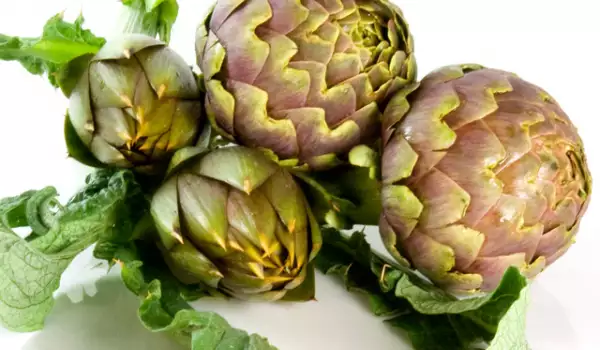
Types of artichokes
Depending on the shape and color of the leaves, we distinguish more than ten kinds of artichokes. Only one of them is fit to be eaten raw and is considered a delicacy.
- Chinese artichoke - popular and growing in Europe and the Far East. Grows in small tubers. Before you clean it up and remove the hard part, it needs to be blanched;
- French Artichoke - This comes from North Africa but is grown in Europe and America. Its only edible part is the bud;
- Jerusalem artichokes - This is a tuber with a strong flavor of nuts. Its color varies from beige to reddish brown.
Composition of artichokes
Artichokes are delicious, but also rich in bioactive substances. Proof of this is that from these sharp leaves is extract a raw material for medicine.
The content of artichokes has quite a few dietary fiber and trace elements such as potassium, calcium, phosphorus, magnesium, iron and sodium. This prickly vegetable is a source of vitamin A, B1, B2, C, is very rich in protein, fat, carbohydrate and niacin.
Artichokes have carbohydrate inulin, which causes bloating and excessive levels of cynarine. This is a powerful antioxidant, a fighter against harmful free radicals. These "pests" interfere with the oxidation of lipids, damaging the vital activity of the cells as a result of damage to the cell membrane.
An average artichoke, steamed or cooked contains:
60 calories
4.2 g protein
less than 1 milligram fat
13.4 g carbohydrates
114 g Sodium
6.5 g fiber
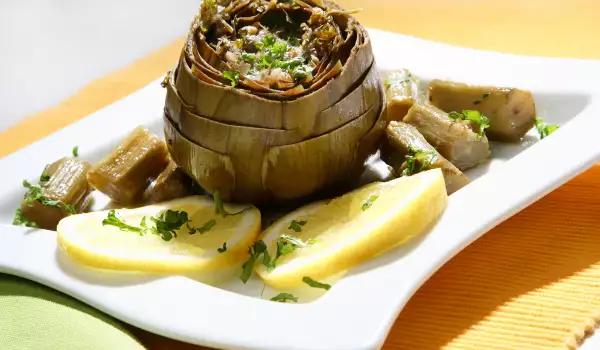
Selection and storage of artichokes
Artichokes can be found throughout the year, with their peak season from March to May, and fewer harvested in October. When choosing artichokes, the vegetables should be dark green, heavy, and their leaves tightly held together.
Fresh artichokes are a very perishable product, so they must be stored in a refrigerator by placing unwashed in a plastic bag. It is best to use within 4 days of purchase. Often artichokes darken so experienced chefs advise us to put a lot of well cleaned in water with vinegar or lemon juice.
It is important to know the size of the artichoke does not affect its taste.
Culinary use of artichokes
Artichokes and lemons, oranges, raspberries, capers and spices such as garlic, bay leaf, parsley, basil and coriander provide a good taste.
Preparation for consumption involves the removal the stem from the base, which is broken and not cut. Remove the small leaves from the bottom of the vegetable. For the removal of thorns, scissors or a sharp knife to cut the sharp parts can be used. Thus prepared, the artichokes should be placed in water with the juice of one or two lemons (acetic or water) until its done.
The edible parts of the artichoke are the internal, lower leaves. A kernel is at the heart of the artichoke, but you must first remove the pile coating. Baby artichokes are fully mature artichokes that grow closer to the ground, protected by the larger leaves of the plant. They are easy to cook and prepare as their fluffy inner part does not develop.
We recommend that you eat artichokes cooked with steam, because that retains all the nutrients. However, they are delicious roasted or stewed. Small artichokes are very good for breakfast, but normally - for steaming and baking. Fresh ones can be added to salads.

Benefits of artichokes
Artichokes are one of the oldest medicinal plants. It protects the liver from toxic damage and promotes rapid recovery in case of toxic infectious process. Prolonged use of artichoke reduces cholesterol and triglycerides.
The artichoke is suitable for use in fatty livers, after a hepatitis after cholecystectomy in chronic constipation and flatulence. It stimulates the excretion of waste substances from the human body, and its diuretic action accelerates the excretion of excess fluid and salts.
Artichoke leaves are used to treat jaundice, gallstones, atherosclerosis. This vegetable is an excellent food for people with diabetes, gout and even cellulite.
Dangers of artichokes
Artichokes are not recommended for people who experience the presence of gastritis with low acidity and low blood pressure.
Weight Loss with artichokes
Artichokes are a valuable dietetic product, because it is low-calorie, rich in fiber and last but not least - very filling. Their bitter taste stimulates the secretion of bile and improves the breakdown of excess fat. Avoid using salt during a dietary regimen with artichokes. At the same time, we should not expose artichokes to long cooking because their useful ingredients are lost.
Check out our artichoke recipes as well.
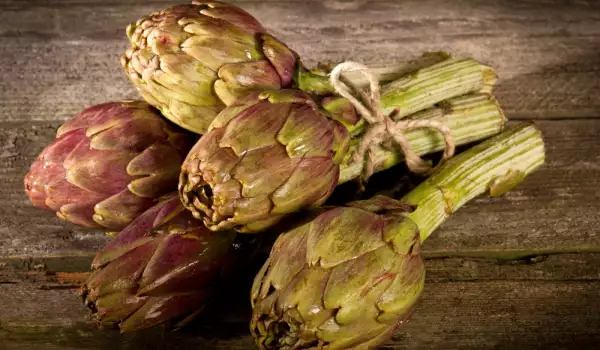
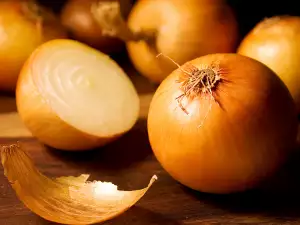

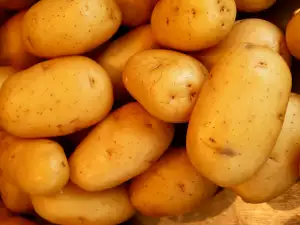
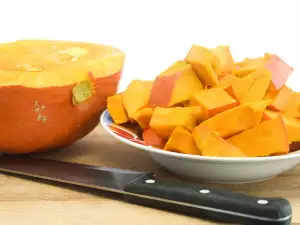

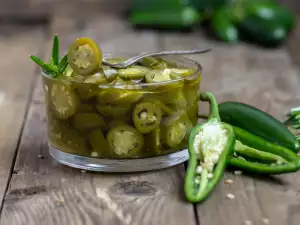
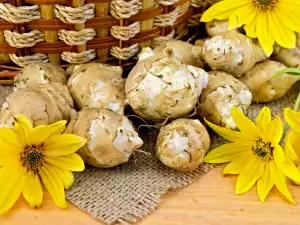
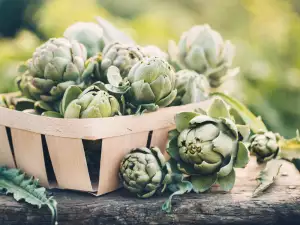

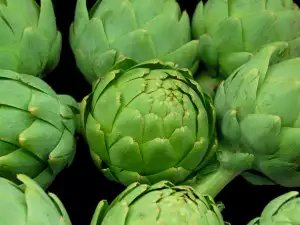

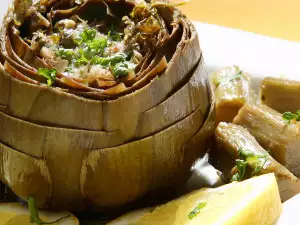
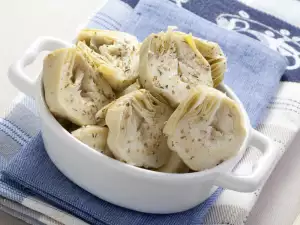





Comments